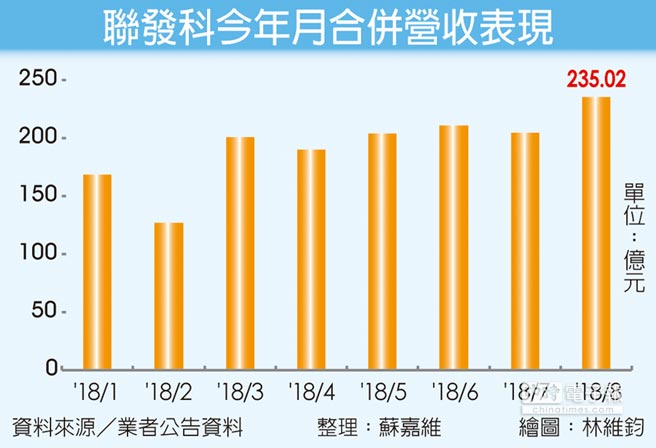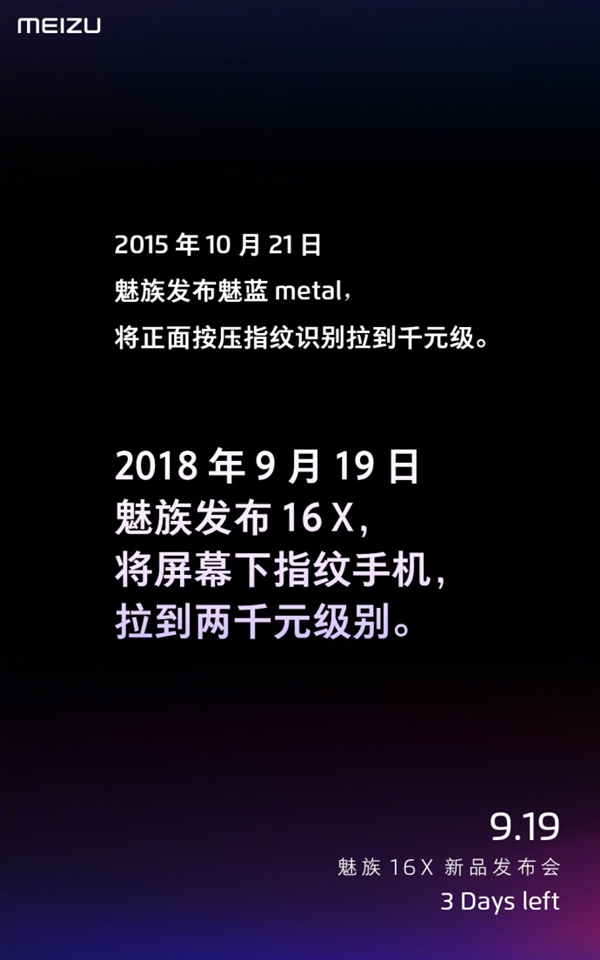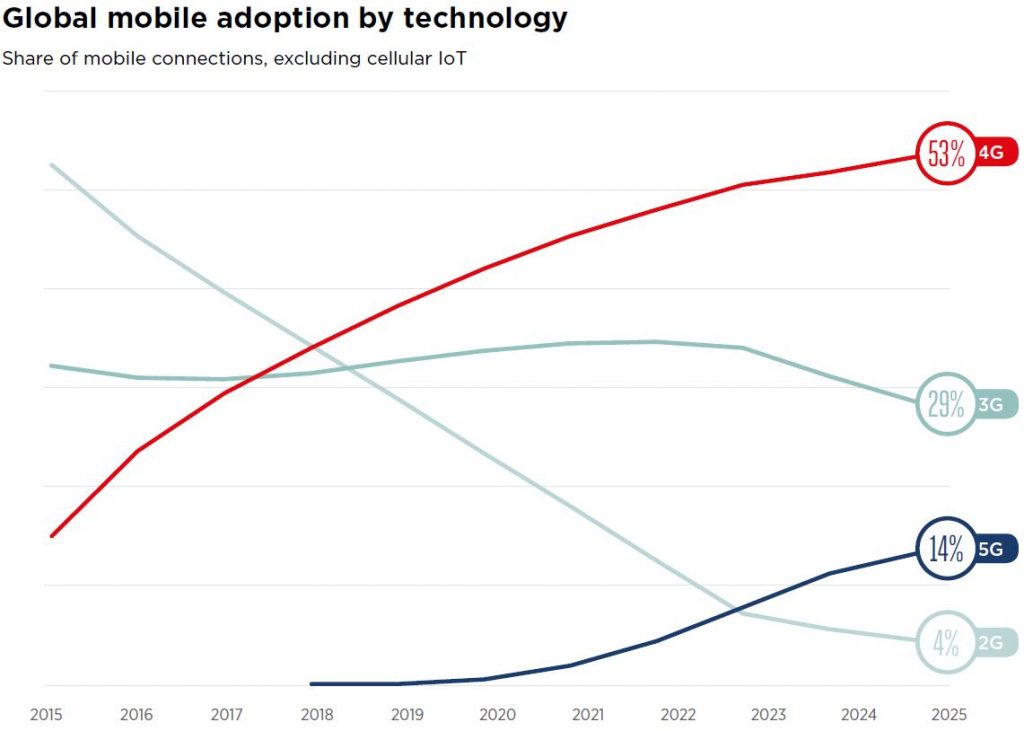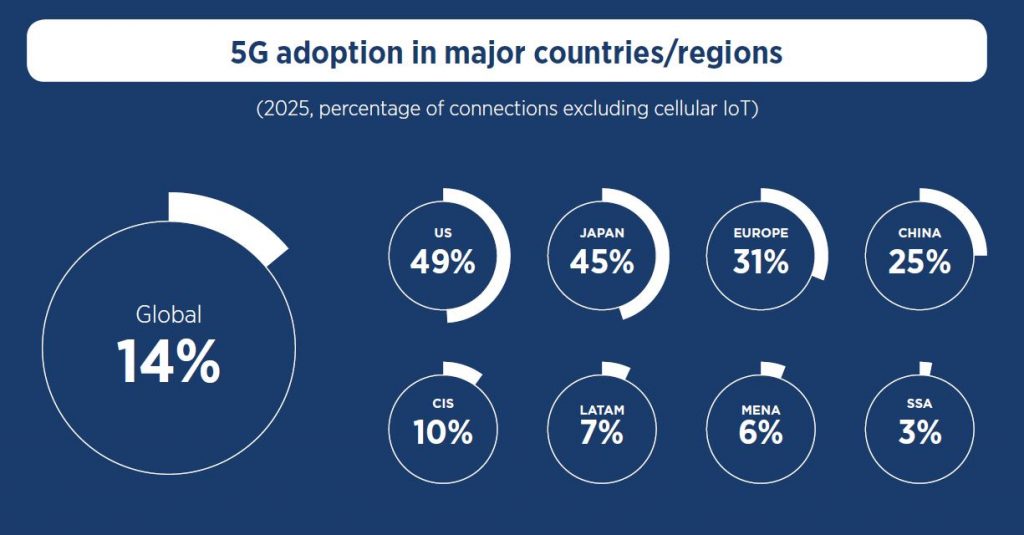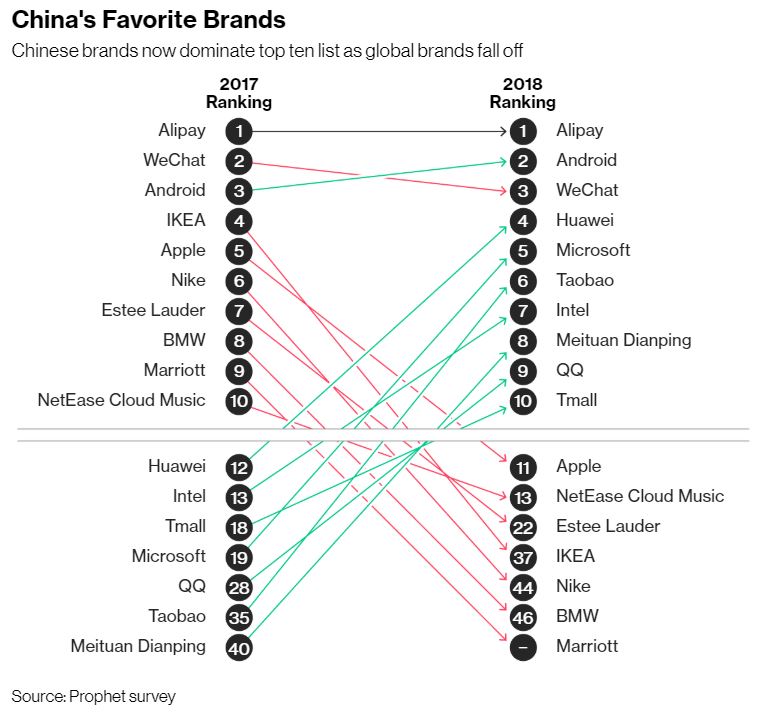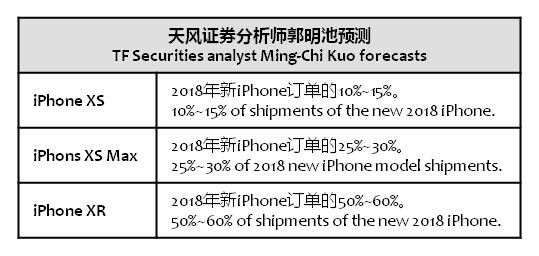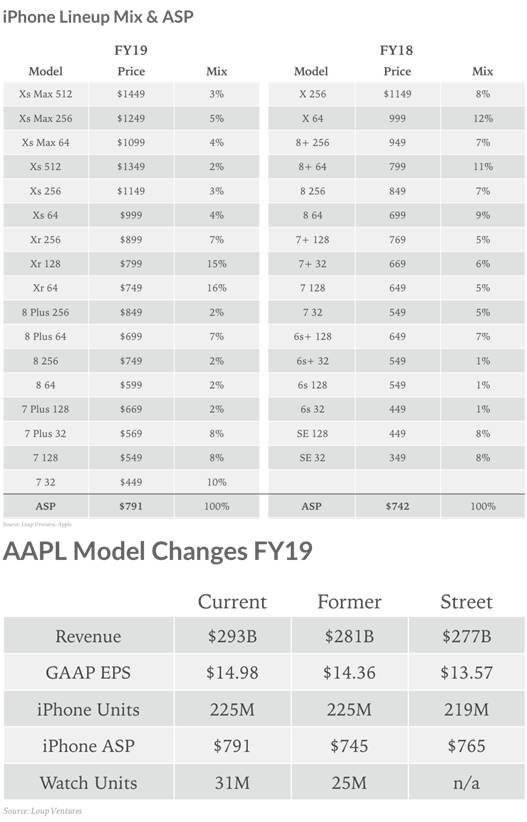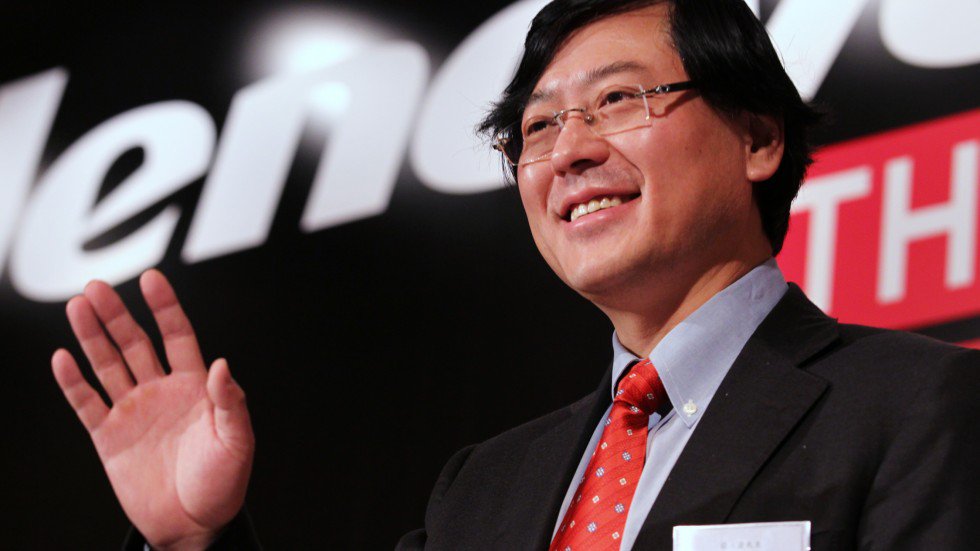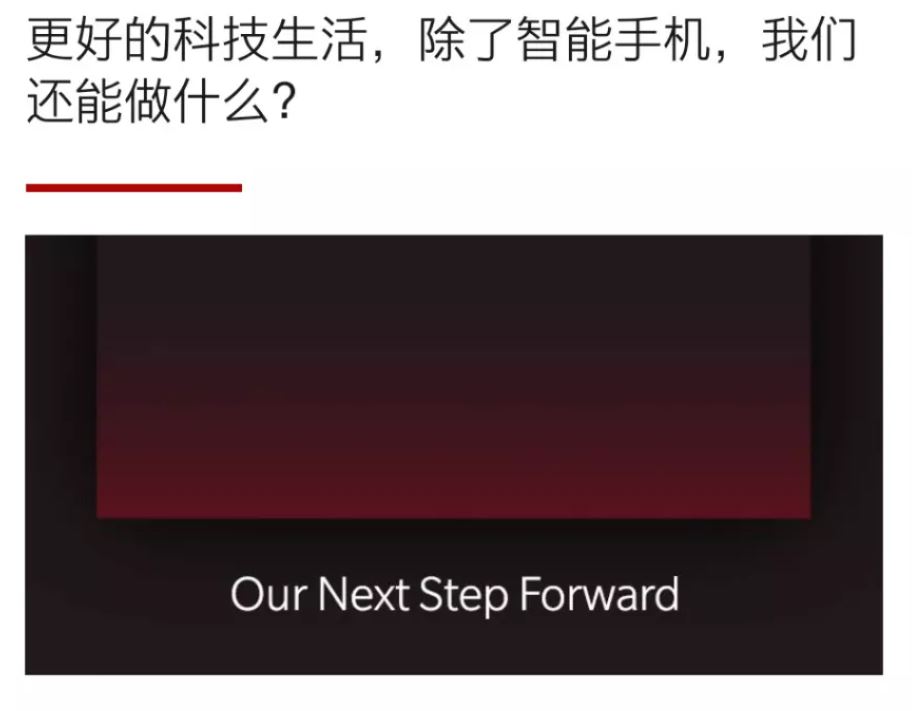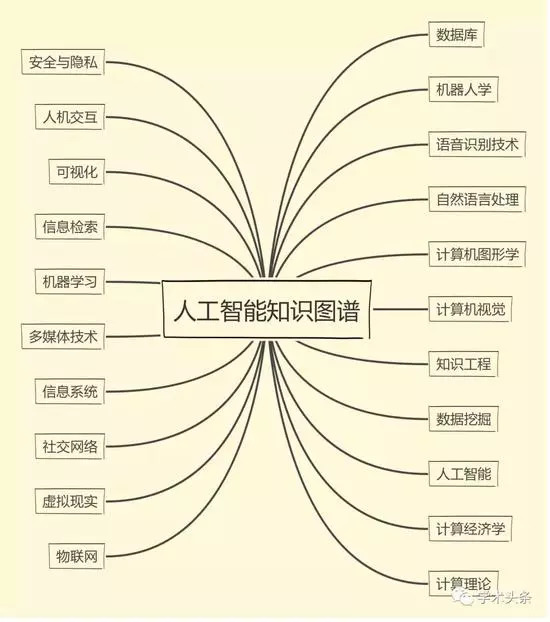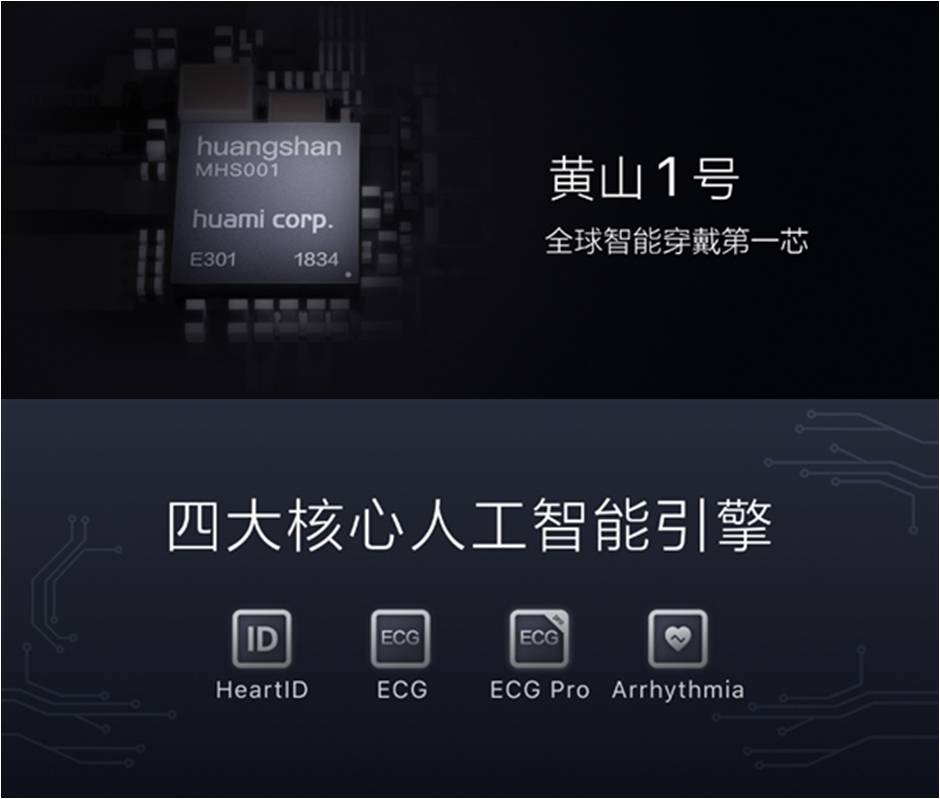
09-17: Huami has launched Huangshan No. 1 — the world’s first AI powered wearable chipset; OnePlus is soon to be a smart television maker; etc.
Chipsets
After Xiaomi and Ericsson have settled the patent lawsuits, MediaTek chipset would be adopted again by Xiaomi for India market. In addition to Huawei, vivo and OPPO using MediaTek Helio P22 and P60 entering Indian market, MediaTek expects to have double-digit growth in 2018 in India, and nearing 40% market share. (Laoyaoba, China Times, Yahoo, Sigmaintell)
Global smartphone AP shipments may show a 0.8% on-year decline to reach 1.59B units in 2018, according to Digitimes Research. Digitimes Research shows that Qualcomm will remain the top smartphone AP vendor in 3Q18, with total shipments nearing 200M units. The top-3 smartphone AP vendors – namely Qualcomm, MediaTek and Apple – will together command a market share of over 80% in 3Q18. (Digitimes, press)
Xiaomi-backed Huami has launched Huangshan No. 1 — the world’s first artificial intelligence (AI) powered wearable chipset. It features four core artificial intelligence engines — cardiac biometrics engine, ECG, ECG Pro, and Hearth Rhythm Abnormality Monitoring Engine. It is also claimed to the world’s first RISC-V open source instruction set wearable processor. (Gizmo China, 36Kr, My Drivers)
Biometrics
Meizu officially reveals that Meizu 16X will be priced around CNY2000, also saying that the machine will feature under-display fingerprint technology. This indicates the device has brought the technology to CNY2000 level. (My Drivers, CNMO, CN Beta)
Connectivity
The Department of Telecommunications (DoT) has excluded Huawei and ZTE from its list of companies asked to partner it for trials to develop 5G use cases for India, indicating that New Delhi may well follow the US and Australia in limiting involvement of Chinese telecom equipment makers in the rollout of the next-gen technology. (CN Beta, Economic Times)
Almost half of all mobile connections in North America are forecast to be running on 5G networks by 2025, according to a new GSMA report, suggesting that the region will migrate to 5G at a much faster rate than comparable markets in Europe and Asia. GSMA predicts there will be around 200M 5G mobile connections in the USA and Canada by 2025, representing 49% of the projected total market by that point. The report also calculates that North America’s mobile ecosystem generated more than USD830B in economic value in 2017, equivalent to 4% of the region’s GDP. (Laoyaoba, GSMA, report)
South Korean carrier SK Telecom has selected Samsung Electronics, Nokia and Ericsson as preferred bidders for its 5G network equipment ahead of the launch of commercial 5G services in March 2019, while ignoring Huawei. (My Drivers, Moore, CN FOL, OfWeek, ZDNet, Economic Times, RCR Wireless)
Phone
Chinese phone maker Huawei and food delivery giant Meituan Dianping have replaced Apple and Nike as some of China’s favorite brands. Chinese brands now take up 30 of the 50 slots, with online payment operator Alipay, owned by an affiliate of Alibaba Group, at the top. That is a big change from 2016 when only 18 local names made the top 50 brands in the survey by consultancy firm Prophet. (CN Beta, Bloomberg, Warc)
TF Securities analyst Ming-Chi Kuo predicts Apple Watch shipments will reach 18M units in 2018, with the Series 4 lineup accounting for 50%~55% of those orders. Kuo says iPhone XS pre-orders are “lower-than-expected”, as customers opt for the iPhone XS Max or wait for the iPhone XR. (Mac Rumors, Phone Arena)
Loup Ventures analysts Gene Munster and Will Thompson expect Apple to ship 225M units of iPhone in fiscal year of 2019 starting from Oct 2018. In particular, iPhone XR to own the 38% share, higher than iPhone XS and iPhone XS Max, which are 12% and 9%, respectively. (CN Beta, Loup Ventures, press, income report)
Lenovo CEO, Yang Yuanqing said that the company wants to make Lenovo Mobile business much stronger by working on the latest technologies. He indicates that Lenovo can attain much higher positions in the smartphone market as there is a room for development. Lenovo Mobile business will help the company to develop IoT devices, 5G technology and other smart devices. (GizChina, Gizmo China, East Money, Sina, 52RD)
Home
Pete Lau, CEO of OnePlus, has announced the company’s ambitions to bring the “benefits of intelligent connectivity” to the home. OnePlus is soon to be a smart television maker, as well, with the launch of OnePlus TV. (CN Beta, iFanr, OfWeek, The Verge, VentureBeat, Pocket-Lint, OnePlus)
Artificial Intelligence
Nvidia, the Mayo Clinic, and the MGH and BWH Center for Clinical Data Science have created a neural network that itself generates training data — specifically, synthetic 3D magnetic resonance images (MRIs) of brains with cancerous tumors. The AI system, which was developed using Facebook’s PyTorch deep learning framework and trained on a Nvidia DGX platform, leverages a general adversarial network (GAN) — a two-part neural network consisting of a generator that produces samples and a discriminator. (VentureBeat, Cornell University)
Aminer, by using ACM’s CCS2012 system, subcategories artificial intelligence (AI) into 21 sub-segments. (My Drivers, Leiphone, 199IT, Elecfans)
FinTech
Ubisoft CEO Yves Guilletmot indicates that blockchain has potential to revolutionize the video game industry in the future. Ubisoft has held a blockchain hackathon, dubbed Blockchain Heroes. Its Strategic Innovation Lab team also created a blockchain game prototype, dubbed Hashcraft. (VentureBeat, Ubisoft, Qukuaiwang)
